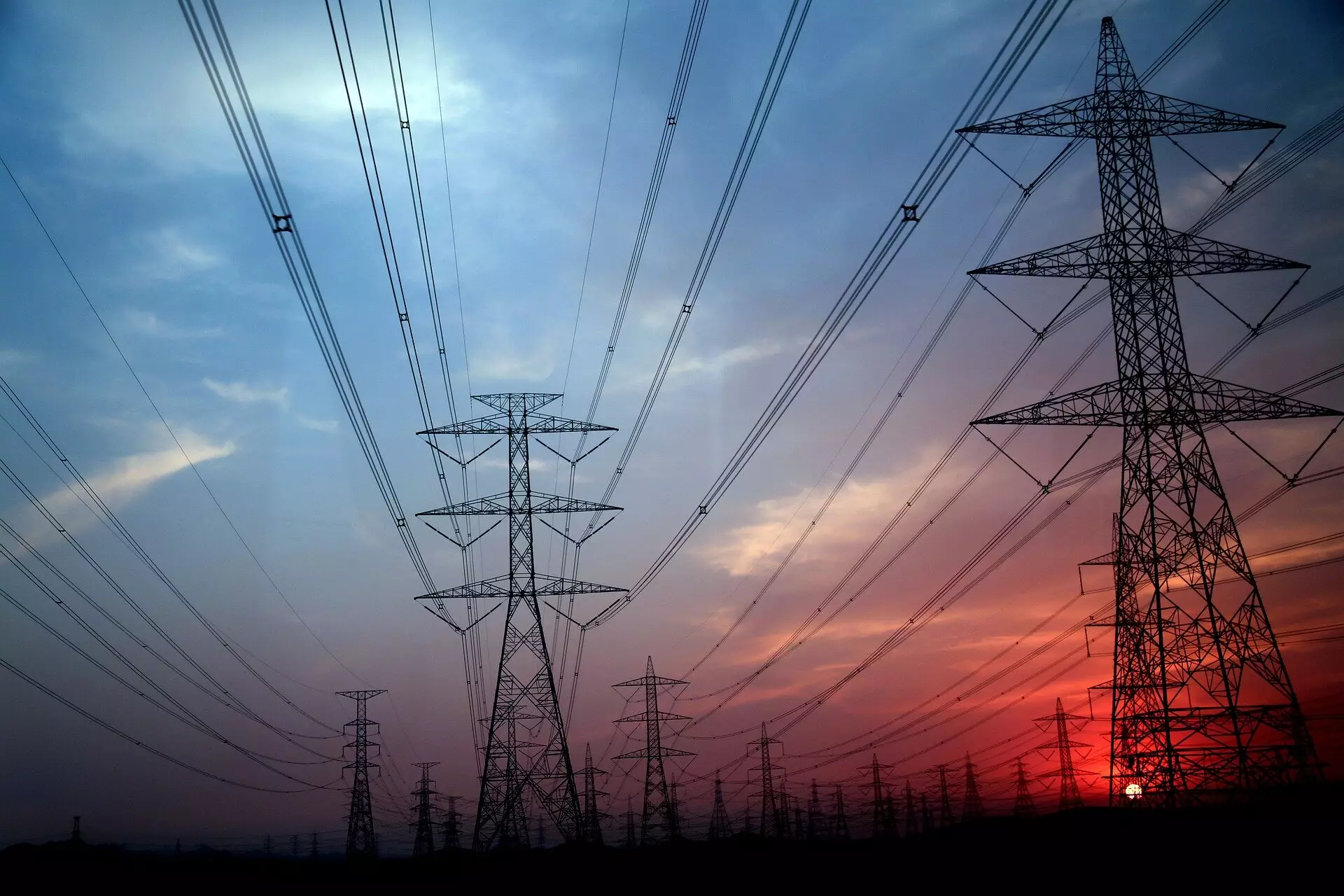As society increasingly prioritizes environmental sustainability and clean energy, the competition between gas and electric utilities intensifies. This competition is largely driven by state policies that aim to reduce greenhouse gas emissions by promoting electricity over fossil fuels. Scholars from Stanford University and the University of Notre Dame emphasize the need for regulatory bodies to re-examine their strategies in light of this evolving landscape. Their recent white paper proposes an innovative framework that advocates for a unified regulatory approach to enhance efficiency in transitioning toward zero-carbon buildings.
Historically, gas and electric utilities have operated in distinct markets; however, the implications of climate policy are forcing these sectors into closer competition. This shift is particularly evident in residential heating and cooking, where gas has long been the dominant energy source. The advent of new technologies such as electric heat pumps and induction stoves, which significantly outperform traditional gas solutions both in efficiency and environmental impact, has prompted gas companies to adopt protective measures in order to safeguard their market share.
The regulatory landscape must adapt to recognize this competition as a significant factor in energy planning. Rather than allowing gas and electric utilities to vie for a dwindling customer base, regulators can create a more cooperative environment that encourages innovation, efficiency, and, ultimately, sustainability.
The authors of the white paper posit that utility regulators are at a crossroads. They face complex challenges related to climate goals, economic equity, and the safety of energy systems. Joshua Lappen, a co-author, argues that by acknowledging the competitive dynamics between gas and electric utilities, regulators can seize the opportunity to streamline the energy transition.
Regulatory bodies, particularly state public utility commissions (PUCs), must rethink their planning processes. Instead of maintaining separate strategic plans for gas and electric sectors, they should unify their approaches to optimize investments and reduce duplication of efforts. This consolidation can lead to a smoother transition toward a decarbonized economy, while also protecting consumers from rising costs associated with inefficiencies inherent in maintaining two separate systems.
The competition between gas and electric utilities creates an economic landscape that is often unfavorable for consumers. With both energy sources effectively providing similar services, customers are subjected to the financial burden of sustaining two separate infrastructure networks. The white paper’s authors assert that such duplication creates misallocation of resources, leading to unnecessary costs passed on to ratepayers.
Moreover, the paper highlights the need for a consolidated regulatory framework that prioritizes collaborative planning between the two sectors. By managing the transition in a coordinated fashion, regulators can avoid the pitfalls of stranded assets and investments in outdated fossil fuel infrastructure that could further complicate decarbonization efforts longer term.
One of the most significant risks in the current competitive landscape is the disproportionate impact on low-income energy users. As gas utilities strive to maintain their existing infrastructure and market share, low-income communities may face higher energy bills and less access to sustainable options. The white paper underscores the importance of ensuring that decarbonization policies are equitable and do not disproportionately burden vulnerable populations.
Regulators are urged to consider not only the economic impact of their decisions but also the social implications. This calls for a holistic understanding of energy access and justice, ensuring that the move towards cleaner energy sources does not leave behind those who most need support during the transition.
In light of the challenges and opportunities presented by the evolving energy landscape, the authors of the white paper advocate for the possibility of consolidating gas and electric utilities operating in the same territories. This merger could create unified energy service providers equipped to handle the complexities of the energy transition more effectively.
Michael Wara and Michael Mastrandrea, co-authors of the paper, support this idea, emphasizing that treating gas and electric utilities as a cohesive energy system can streamline operations and ensure a more secure, reliable service for consumers. As countries strive to meet their climate goals, it is imperative for regulators to shift their mindset and approach, embracing cooperation between gas and electric sectors rather than allowing them to compete destructively.
The energy landscape is changing rapidly, and with it comes the necessity for regulators to reevaluate their strategies in managing energy services. By recognizing the competition between gas and electric utilities, stakeholders can implement regulatory frameworks that promote a unified approach to energy management. This will ultimately facilitate a smoother, more equitable transition to a zero-carbon future while safeguarding consumers from unnecessary costs and ensuring the integrity of energy access for all.


Leave a Reply